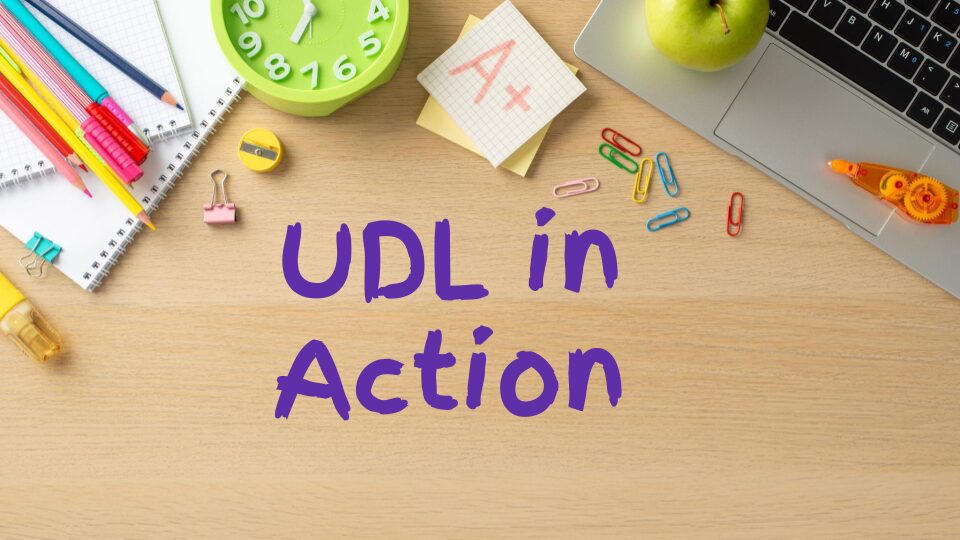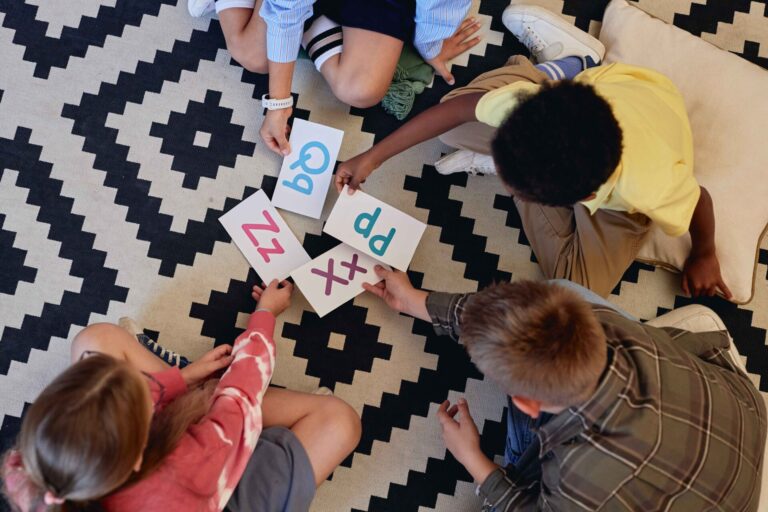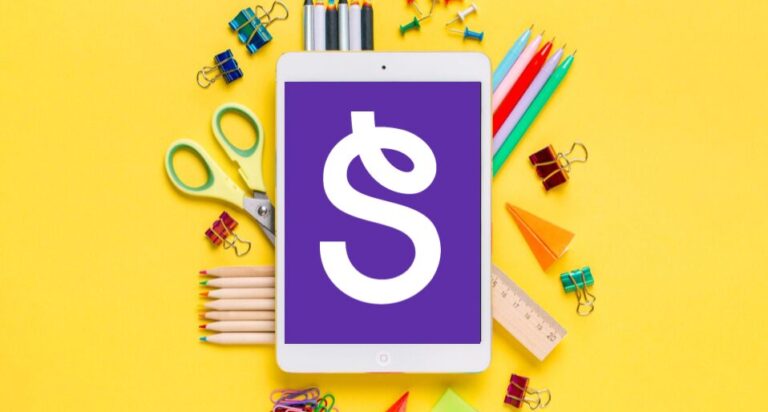Universal Design for Learning (UDL) is a research-based framework that helps educators design learning experiences to meet the needs of all learners. In elementary classrooms, UDL becomes not just helpful but essential. It leans into student needs, interests, and abilities as these vary widely. Let’s explore how Universal Design for Learning in the classroom can transform early learning environments.
The elementary landscape
An elementary classroom is a vibrant place. Students are filled with energy and excitement and all have unique interests. Students’ minds are developing in front of your eyes. With this development comes wide academic development diversity. The varied academic needs of students create a challenge for educators to which systems like UDL can be an answer. Leaning into research based systems ensures you are meeting academic needs through means that are proven effective.
Why universal design for learning in the classroom leads to long-term gains
We live in abstract works, and our Elementary students are concrete thinkers. Students need to touch, see, and dive into concepts with their full selves. Exploring fractions through pizza slices, engaging in storytelling are developmentally necessary. The emphasis that UDL puts on multiple representations is a natural fit for this age. Play, exploration, and structured choice fuel elementary students’ engagement. It leans into their natural curiosity and growing autonomy.
Flexible learning opportunities should also lead into flexible expressions of understanding. It is often difficult to capture accurate pictures of students’ understanding. A specific example is the gap between students’ fine motor skills and foundational literacy development. Traditional assessments may not capture students’ understanding accurately. The result of providing space for alternative assessment methods such as speaking, acting, building, or drawing can lead to more accurate pictures. Getting to the root of what students truly understand should be your goal with any change in assessment.
Universal design for learning examples in elementary classrooms
Imagining how UDL can look in an elementary classroom is easier than you think. You are likely doing many things already that are unlocking universal design without even knowing it.
 Morning Meeting
Morning Meeting
This is a practice that many elementary classrooms take on. It involved a class coming together at the start of the day and covering various daily routines such as weather, counting, day of the week, special days of the year and more. This routine is a great example of how one activity can tap into all three pillars of UDL. Students are engaged by engaging with their classroom community, they are representing numbers with various manipulatives, and they are communicating efficiently with each other.
Math Workshop
The same can be said for math workshops. This involves students completing various math tasks in stations or centers that relate to a core math skill. Students are engaged through independent and small group activities, they represent numbers through writing, manipulatives, or technology, and express their understanding to each other and not just their teacher.
The unexpected outcomes of UDL in elementary
The expected results of UDL are predictable. Higher achievement, more happy students, and less behavioral problems. There are other commonly seen benefits that come with implementing UDL.
The largest is self advocacy. This is a powerful skill to gain at any age and one that is transformational to learn in elementary. Students who are able to navigate their own growth are destined to have higher achievement down the road. Classrooms also see stronger community and inclusivity through UDL strategies. Catering the classroom around accessible opportunities and positive community will certainly result in these benefits.
The final benefit commonly seen is teacher growth. This skill is developed from the role the teacher plays in a strong UDL led classroom. They are less of the keeper of information and more of a guide for students’ growth. This opens up more opportunities to do more of what teachers do best, teach each student as an individual.
Your next steps in UDL
Starting your journey in universal design learning is easier than you think. Here are three quick actions for you to start with:
- Identify moments where you can offer students more choice. Once identified, build in one additional choice and expand from there.
- Reflect on your classroom community and rethink the routines you have in place. Wherever possible, work to build a positive culture.
- Reflect on how you capture student learning. Are you gathering an accurate picture? How can you ensure this is reflective of student understanding.
- Explore the UDL guidelines from CAST. Lucky for you, Seesaw’s partnership with CAST is easy to digest and a powerful starting point for you.
Want to get started? Try creating your first universal design for learning lesson by incorporating student choice, flexible assessments, and multiple ways to access content with Seesaw.




